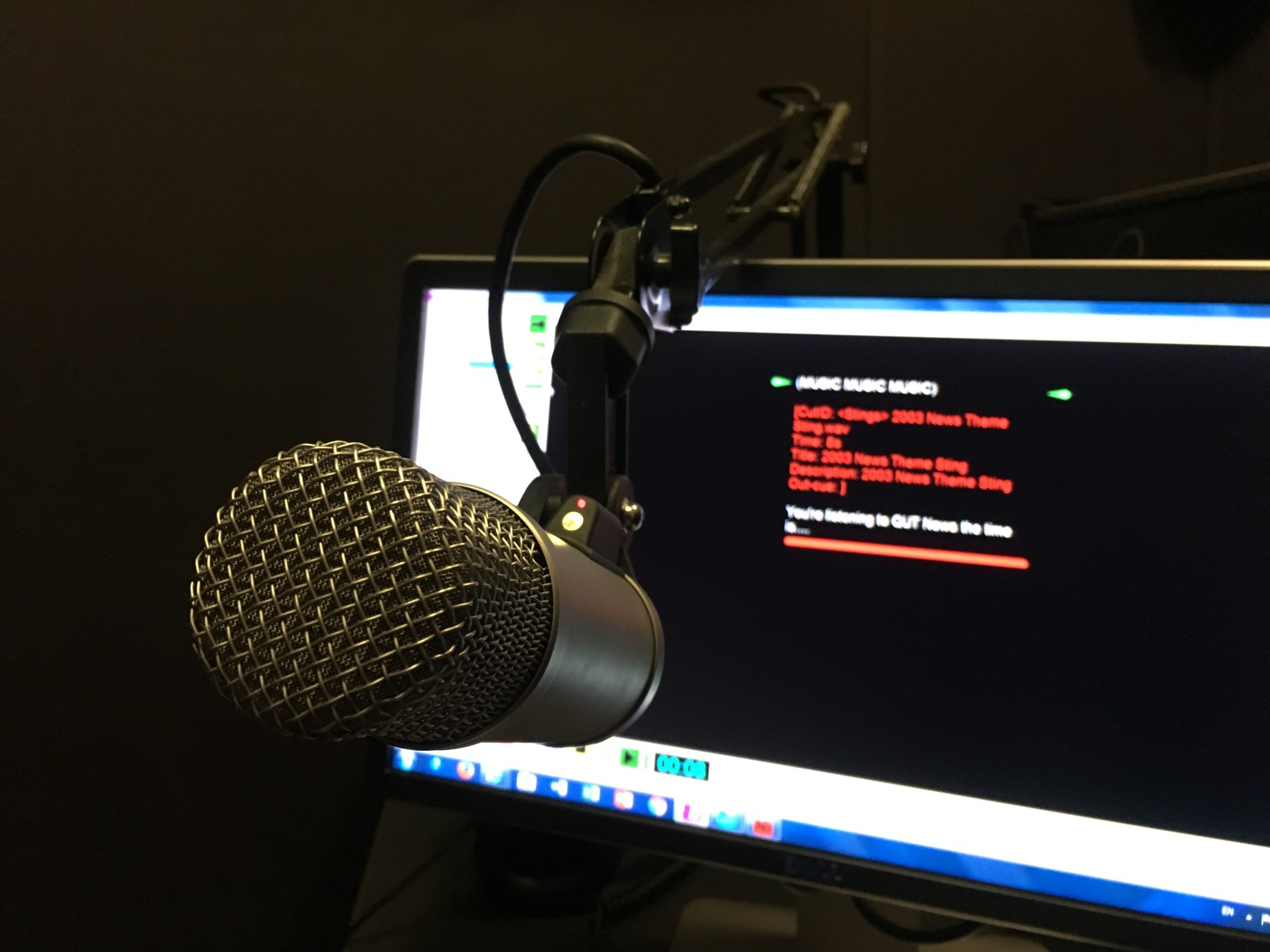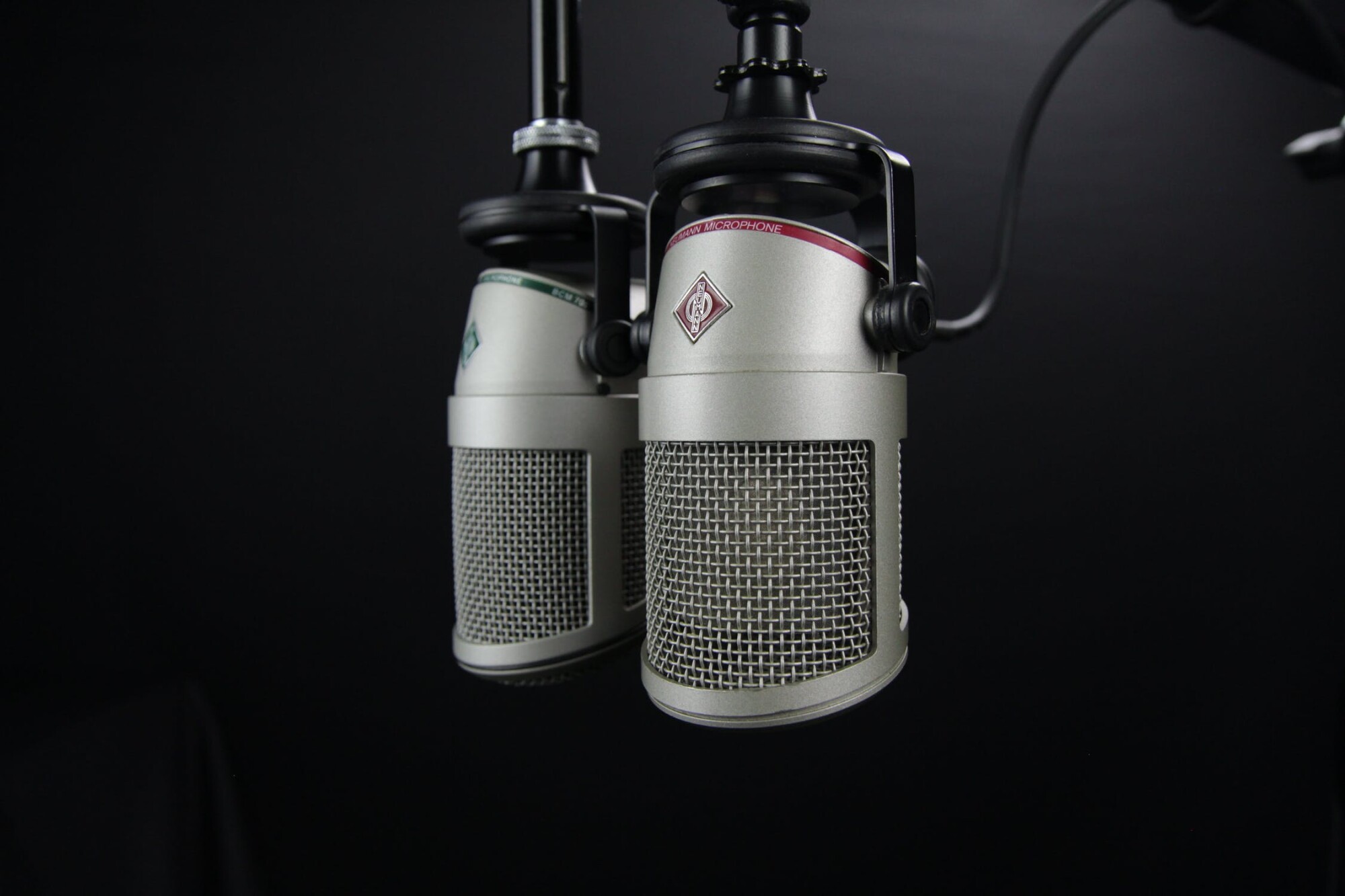Thinking about starting your own radio show?
Today, it’s easier than ever to start a radio show. There are certainly perks to doing so. There’s no better way to express yourself, talk about things that interest you, retain creative control, and even possibly get paid.
However, it’s not always clear which steps you need to take to make a successful radio show. It’s also not apparent to some people what they need to do to be a likable radio host, which is absolutely key.
In this article, we’ll go over some of the things you have to do to make your radio show successful.
Establish a Clear Topic
In today’s digital age, your show has to be about something. And whatever it’s about has to be clear right away.
There has been an explosion in podcasts and radio shows in recent years. The best way to stand out and help listeners find you is to create a show that communicates what it is right away. That helps it not get lost on the pile of other radio shows.
Ideally, the topic you choose to focus on is something you’re passionate about. Being a likable radio host is important, and passion is one way to instantly attract people to you.
You’ll most likely be knowledgeable on the subject you discuss on your, which adds value to your listeners.
Have a Hook
Parlaying off the first tip, you want your show to be original. Creating a hook or giving your show some type of twist is always a good idea. This helps your show stand out from others in your genre and give potential listeners a reason to check it out.
But how do you create a hook?
Say your show is about basketball. There are thousands of basketball shows out there. So, take some time to plan out what makes your show different from the rest.
For example, maybe you make your project the definitive radio talk show for basketball trivia. Or pregame fashion reviews. Or whatever you want—the sky is the limit!
A great way to figure out your hook or twist is to listen to shows in your genre. See what your competition does well and what you don’t like. Try to fill a void or market need that isn’t being met.
Publish Content Regularly
The best way to grow a radio show is to publish regular content. In the early days, it may be challenging to find motivation when your listener numbers are low. But grinding through this phase is necessary for growth.
The content you publish should always come out at the same time. Either your live show airs at the same time and hour, or your prerecorded version gets released on the same day.
You want people to be looking forward to Thursdays at noon for your show!
Advertise Your Show on Social Media
Social media is an amazing platform for promoting your radio show or podcast. You don’t have to be on every platform—in fact, you probably shouldn’t be at first. But the more channels you can create, the more potential listeners you’ll have for your show.
In the early days, it’s best to start with one or two channels. This way, you don’t get overwhelmed with creating content. As the show grows, you can expand to other networks.
Give People a Way To Download and Listen Later
Not much beats a good live radio show. If you want to host a radio show, this could be an awesome format to choose. However, you should still give listeners the option to check it out later if they want to.
Did you know the average person consumes almost 7 hours worth of content per day? One reason for that spike is platforms allow users to watch what they want when they want it. (This is also a reason cable television is seriously struggling right now.)
It’s probably a good idea to have a website linked to your RSS feed. This way, people can download your show from popular podcast apps and stay up to date. Remember, any way you can get new listeners is a good strategy.
Adjust as You Go (Listen To Your Listeners)
The audience is always right. Okay, maybe not always—but it’s still important to listen to your listeners. They will ultimately tell you what’s good about your show and what you can do without.
Avoid overplanning if you’re starting a radio show. This may sound counterintuitive, but it’s actually the best thing you can do. Having a loose outline for what your show gives you the freedom to adapt and grow as you go.
Your show is yours (of course), but asking listeners for feedback is always a good idea. Give them ways to easily message you on social media or email – to offer suggestions on ways you can improve the show. You’re there to serve them – remember that.
Content First, Money Second
The best radio show broadcasters have one thing in common. The host of the show makes it their “own.” No one else could replace what they do well. Your show won’t be an exception to this rule.
Ultimately, the content of your show matters most. What you talk about, how much planning goes into the show, and all the other variables are up to you.
It’s exciting to have so much creative freedom. But too much creative expression and not enough value won’t help you grow an audience. And that could limit your ability to make money or sustain this venture.
Radio shows and podcasts are notorious for making money these days. But if your content isn’t good and easily marketable to a wide range of fans, you won’t make any money. Figure out the creative side of your show before you dive into monetization.
Hosting Your Own Radio Show
Many things go into hosting a successful radio show. The core of it is caring about your audience and identifying what your show is or what it does.
Make it so people can easily find you, and create killer content that they’ll want to share with their friends. Word of mouth is the best form of advertising!
Learn more about our services and get started with your own show today!


